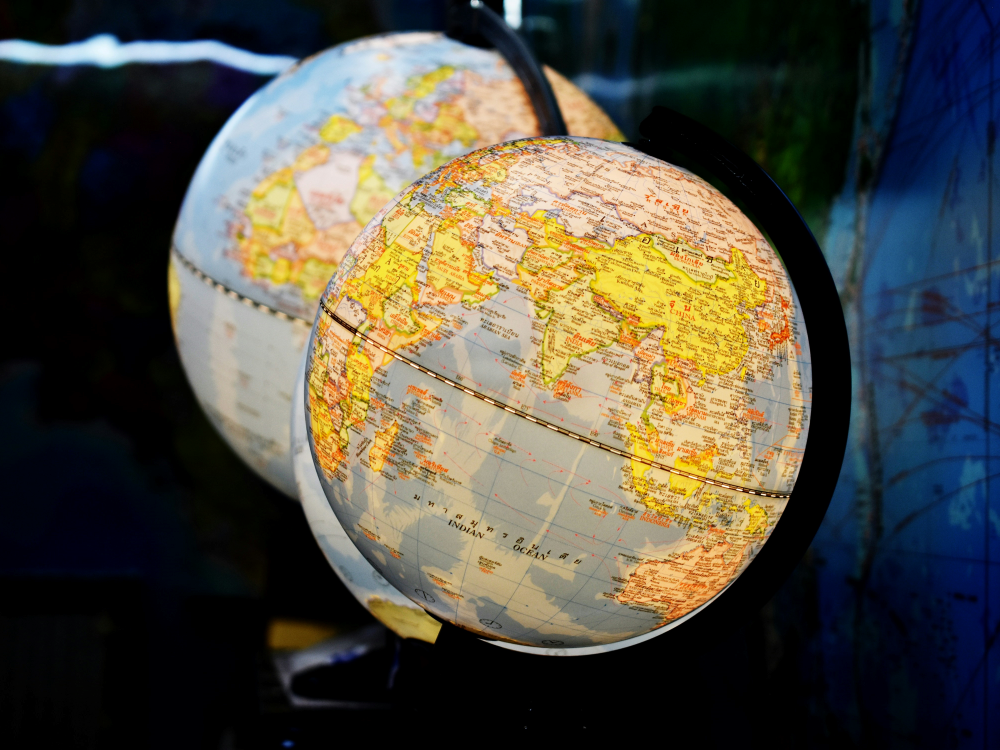Why Global Perspectives on Open Science Matter
The adoption of open science has occurred unevenly around the world. Different regional perspectives illuminate the status and challenges of this crucial transition.

The adoption of open science has occurred unevenly around the world. Different regional perspectives illuminate the status and challenges of this crucial transition.
According to the World Economic Forum, “60% of research articles published over the past decade on the topic of climate change and nearly 50% of those related to biodiversity are still locked behind paywalls” (Nair-Bedouelle, 2023, para. 3).
This is a paradoxical situation: much of this research is publicly funded, but the same public is unable to access crucial knowledge from its findings. There’s a common argument that specialized academic research is only relevant to scholars and scientists; the general public does not need access. But is that really true? Consider medical research, for example. Imagine a family grappling with a cancer diagnosis that wants to access the latest studies to explore treatment options and better understand the disease. Chances are, much of that research was supported with public funds—funds to which that family contributed. Yet, they find themselves locked out by expensive paywalls.
And you don’t need to look at life-and-death scenarios to see the problem. Take a high school student working on a science project. They may come across a fascinating research article that could be valuable for their assignment, only to be stopped by a paywall. Why should knowledge meant to advance society be hidden from those who need it?
The problem is particularly acute in the Global South, where access to scientific research is even more restricted despite the region’s heightened vulnerability to the impacts of climate change.
We are at a critical juncture. The future of our planet hinges on our collective ability to combat climate change, manage global health crises, and ensure food and energy security for all. We look to science—a knowledge system that can provide answers to these pressing issues. But the science we need is not the one operating in isolation, driven by the interests of a select few. To truly make a difference, science must evolve into a more accessible, collaborative, and transparent system that presents information in broadly understandable ways and actively engages with society.
This transformative approach is what we call open science, and its potential is immense. With the right conditions, open science can help democratize knowledge, enhance research reproducibility, and accelerate innovation. As an editorial in Nature says, we must “embrace it before it’s too late” (“Open science,” 2024).
In 2021, the United Nations Educational, Scientific and Cultural Organization (UNESCO) published a recommendation document endorsing open science, which all member states have accepted. But UNESCO’s Open Science Outlook Report 1 (2023) highlights uneven progress in the adoption of open science globally. The US, the UK, and the European Union have made considerable efforts to provide free access to publicly funded research, and Latin America has long been a pioneer in open access to knowledge. But what about other parts of the world?
To explore the status and challenges of open science across the world, we will publish a piece that familiarizes readers with the concept of open science, its historical evolution, and current debates, followed by a series of articles by experts deeply involved in the open transition movement in several regions: Indonesia, which was once identified by Nature as a world leader in publishing open-access papers; India, whose ambitious “One Nation, One Subscription” policy was announced in 2022, and whose ongoing negotiations with publishers are expected to be finalized by the end of 2024; and Africa, where a coalition of governments established the Africa Open Science Platform (AOSP) in 2017.
These articles will illuminate how each region is embracing open science, from open access and open research data to collaborative engagements with societal actors. They will examine the unique challenges different regions experience, particularly in the Global South. And they will consider how far open science has come, helping us understand whether it’s truly breaking down barriers to knowledge.
Mallapaty, S. (2020). India pushes bold “one nation, one subscription” journal-access plan. Nature, 586(7828), 181–182. https://doi.org/10.1038/d41586-020-02708-4
Nair-Bedouelle, S. (2023, February 9). Science has a social justice problem, we need open science. World Economic Forum. https://www.weforum.org/agenda/2023/02/science-has-a-social-justice-problem-we-need-open-science/
Open science—embrace it before it’s too late. (2024). Nature, 626(7998), 233–233. https://doi.org/10.1038/d41586-024-00322-2
United Nations Educational, Scientific and Cultural Organization (UNESCO). (2021). UNESCO Recommendation on Open Science. https://doi.org/10.54677/mnmh8546
UNESCO. (2023). Open science outlook 1: status and trends around the world. https://doi.org/10.54677/giic6829
Van Noorden, R. (2019). Indonesia tops open-access publishing charts. Nature. https://doi.org/10.1038/d41586-019-01536-5
10.1146/katina-101624-1
Copyright © 2025 by the author(s).
This work is licensed under a Creative Commons Attribution Noncommerical 4.0 International License, which permits use, distribution, and reproduction in any medium for noncommercial purposes, provided the original author and source are credited. See credit lines of images or other third-party material in this article for license information.